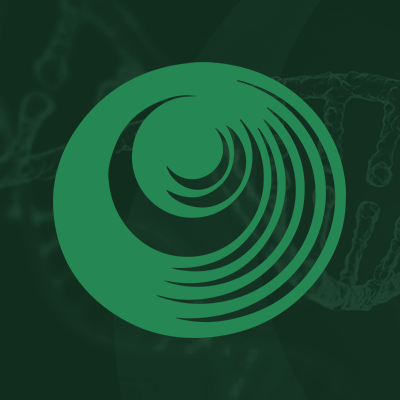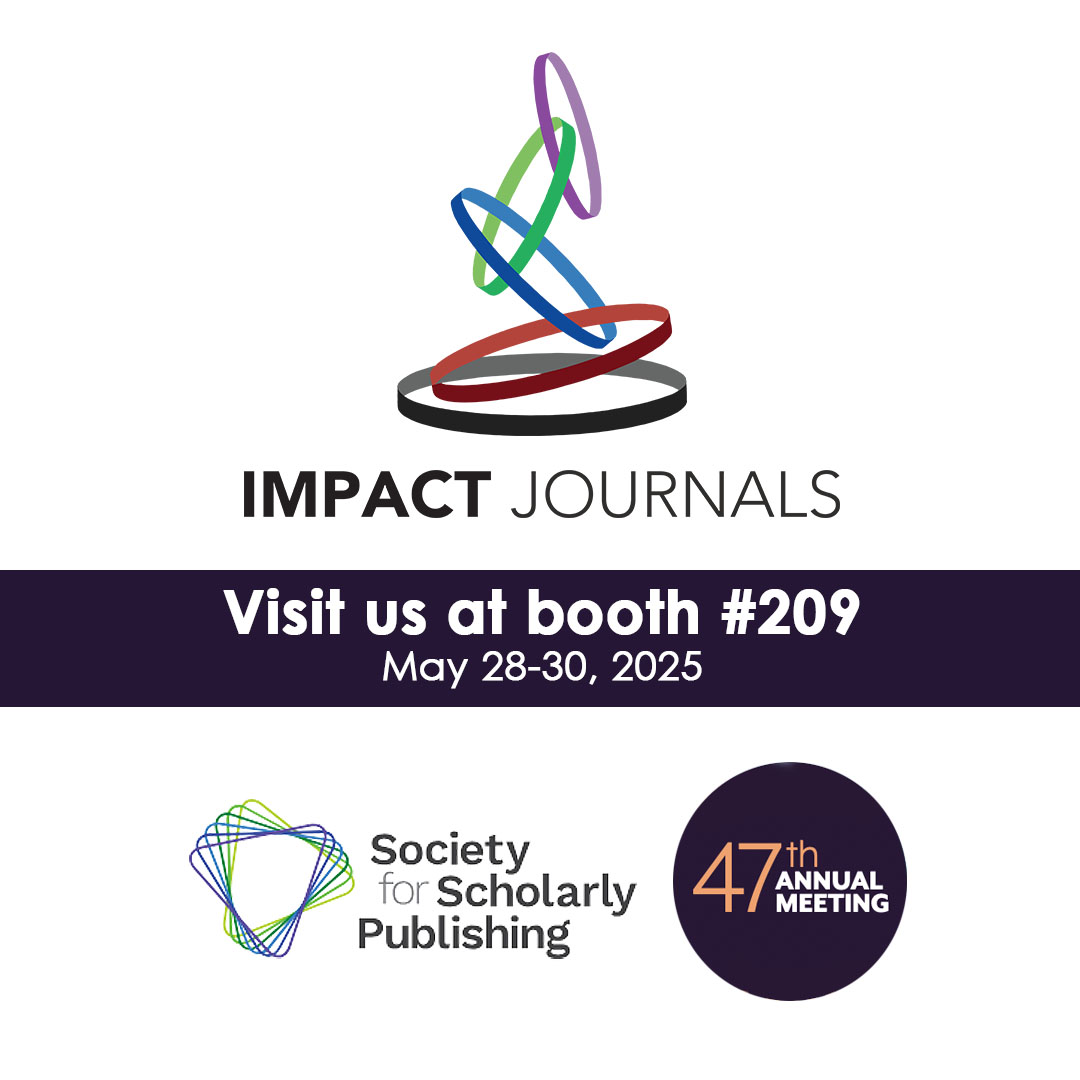Research Papers:
Identification of the genetic and clinical characteristics of neuroblastomas using genome-wide analysis
PDF | HTML | Supplementary Files | How to cite
Metrics: PDF 3142 views | HTML 4453 views | ?
Abstract
Kumiko Uryu1, Riki Nishimura1, Keisuke Kataoka2, Yusuke Sato2, Atsuko Nakazawa3, Hiromichi Suzuki2, Kenichi Yoshida2, Masafumi Seki1, Mitsuteru Hiwatari1,4, Tomoya Isobe1, Yuichi Shiraishi5, Kenichi Chiba5, Hiroko Tanaka5, Satoru Miyano5, Katsuyoshi Koh6, Ryoji Hanada6, Akira Oka1, Yasuhide Hayashi7, Miki Ohira8, Takehiko Kamijo8, Hiroki Nagase9, Tetsuya Takimoto10, Tatsuro Tajiri11, Akira Nakagawara11,12, Seishi Ogawa2 and Junko Takita1
1Department of Pediatrics, Graduate School of Medicine, The University of Tokyo, Tokyo, Japan
2Department of Pathology and Tumor Biology, Graduate School of Medicine, University of Kyoto, Kyoto, Japan
3Department of Pathology, National Center for Child Health and Development, Tokyo, Japan
4Cell Therapy and Transplantation Medicine, The University of Tokyo, Japan
5Laboratory of DNA Information Analysis, Human Genome Centre, Institute of Medical Science, The University of Tokyo, Tokyo, Japan
6Saitama Children’s Medical Center, Saitama, Japan
7Gunma Red Cross Blood Center, Japanese Red Cross Society, Gunma, Japan
8Research Institute for Clinical Oncology, Saitama Cancer Center, Saitama, Japan
9Laboratory of Cancer Genetics, Chiba Cancer Research Institute, Chiba, Japan
10National Center for Child Health and Development, Tokyo, Japan
11Japan Neuroblastoma Study Group
12Saga Medical Center Koseikan, Saga, Japan
Correspondence to:
Junko Takita, email: jtakita-tky@umin.ac.jp
Keywords: copy number variants; target amplicon deep sequencing; ALK; ALK immunohistochemistry staining; Japan neuroblastoma study group (JNBSG)
Received: July 10, 2017 Accepted: October 28, 2017 Published: November 18, 2017
ABSTRACT
To provide better insight into the genetic signatures of neuroblastomas, we analyzed 500 neuroblastomas (included specimens from JNBSG) using targeted-deep sequencing for 10 neuroblastoma-related genes and SNP arrays analysis. ALK expression was evaluated using immunohistochemical analysis in 259 samples. Based on genetic alterations, the following 6 subgroups were identified: groups A (ALK abnormalities), B (other gene mutations), C (MYCN amplification), D (11q loss of heterozygosity [LOH]), E (at least 1 copy number variants), and F (no genetic changes). Groups A to D showed advanced disease and poor prognosis, whereas groups E and F showed excellent prognosis. Intriguingly, in group A, MYCN amplification was not a significant prognostic marker, while high ALK expression was a relevant indicator for prognosis (P = 0.033). Notably, the co-existence of MYCN amplification and 1p LOH, and the co-deletion of 3p and 11q were significant predictors of relapse (P = 0.043 and P = 0.040). Additionally, 6q/8p LOH and 17q gain were promising indicators of survival in patients older than 5 years, and 1p, 4p, and 11q LOH potentially contributed to outcome prediction in the intermediate-risk group. Our genetic overview clarifies the clinical impact of genetic signatures and aids in the better understanding of genetic basis of neuroblastoma.
 All site content, except where otherwise noted, is licensed under a Creative Commons Attribution 4.0 License.
All site content, except where otherwise noted, is licensed under a Creative Commons Attribution 4.0 License.
PII: 22495

